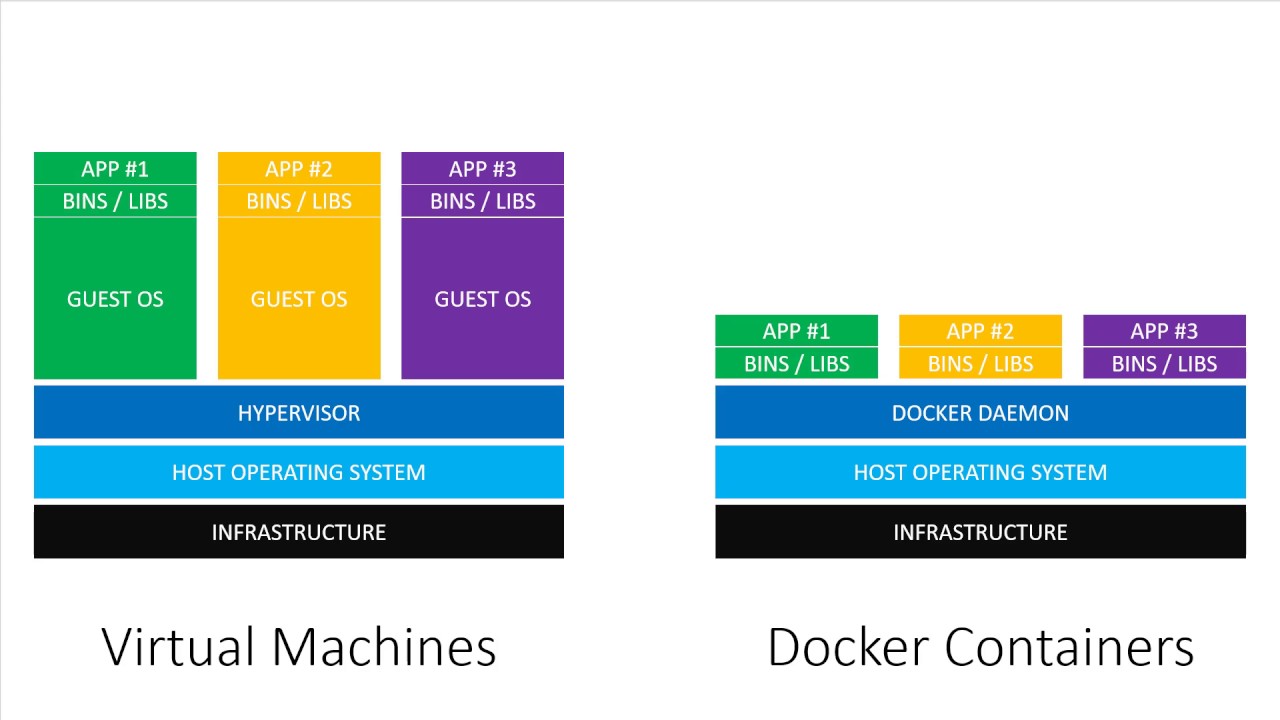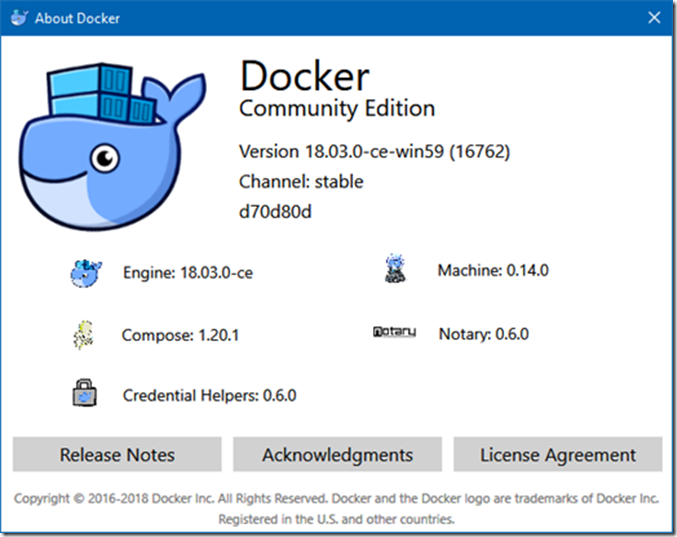



There is however an easily accessible debug shell available. Sometimes you’ll want to have a shell into that VM, but that turns out to be more complicated than I initially expected. However, that VM is well hidden from view and you typically only interact with it when you start Docker Desktop or when you need to clean up images in the VM itself. As you may know, Docker Desktop on macOS runs a Linux VM in the background to run containers on macOS (since containers are a Linux concept).


 0 kommentar(er)
0 kommentar(er)
